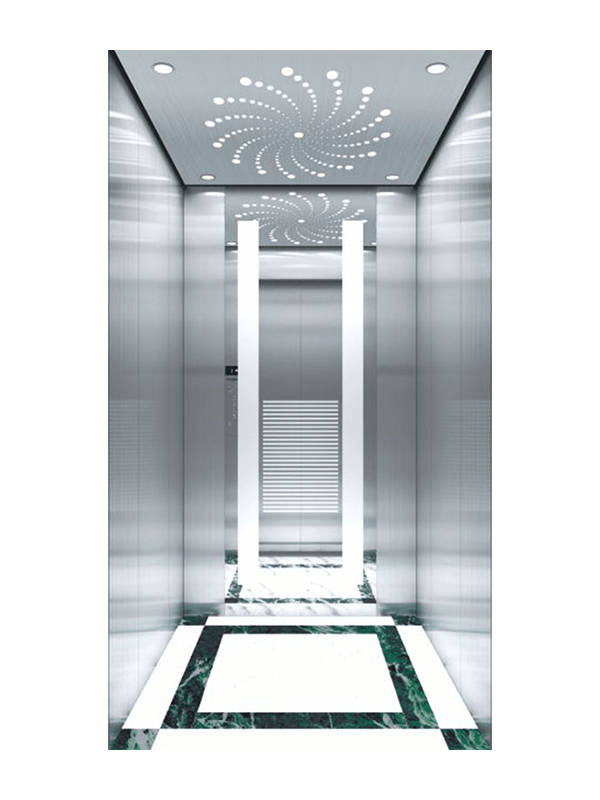Door reversal mechanism on a household elevator is a safety feature designed to prevent the elevator doors from closing on an object or person in the doorway. This mechanism is essential for ensuring the safety of passengers and preventing accidents. Here's how the door reversal mechanism works and why it's important:
Function of Door Reversal Mechanism:
Obstacle Detection: The door reversal mechanism includes sensors that monitor the area around the elevator doors. These sensors are capable of detecting objects, obstructions, or even people in the path of the closing doors.
Immediate Reaction: If the sensors detect an object or obstruction in the doorway as the doors are closing, the door reversal mechanism is triggered. Instead of continuing to close, the doors immediately reverse direction and start opening again.
Preventing Entrapment: The primary purpose of the door reversal mechanism is to prevent the doors from closing on an object or person, which could potentially lead to injury or entrapment. By reversing the doors' movement, the mechanism ensures that anything in the doorway is cleared before the doors close completely.
Ensuring Safe Egress: This mechanism not only prevents entrapment but also allows individuals to safely enter or exit the elevator without worrying about the doors closing unexpectedly on them.
Compliance with Safety Standards: Door reversal mechanisms are a mandatory safety requirement in elevator design and installation to meet safety standards and regulations. They are a crucial component in preventing accidents and ensuring the safety of passengers.


Importance of Door Reversal Mechanism:
Preventing Accidents: The most significant benefit of the door reversal mechanism is its role in preventing accidents. Without this mechanism, objects or people in the doorway could be trapped or injured by closing doors.
Enhancing Passenger Confidence: Knowing that the elevator doors will reverse if an obstruction is detected gives passengers confidence that they can safely enter and exit the elevator without fear of getting caught in the doors.
Compliance with Regulations: Elevator safety codes and regulations often require the inclusion of a door reversal mechanism as part of the elevator's safety features. Compliance with these regulations is crucial for obtaining necessary permits and approvals for elevator installation and operation.
Reducing Liability: By incorporating a door reversal mechanism, elevator manufacturers and building owners can reduce the risk of liability in case of accidents or injuries related to door entrapment.
Door reversal mechanism is a vital safety feature in household elevators that prevents door-related accidents and ensures the well-being of elevator users. It adds an extra layer of protection and contributes to the overall safety of the elevator system.







 English
English عربى
عربى Deutsch
Deutsch Español
Español Français
Français русский
русский 日本語
日本語 简体中文
简体中文











